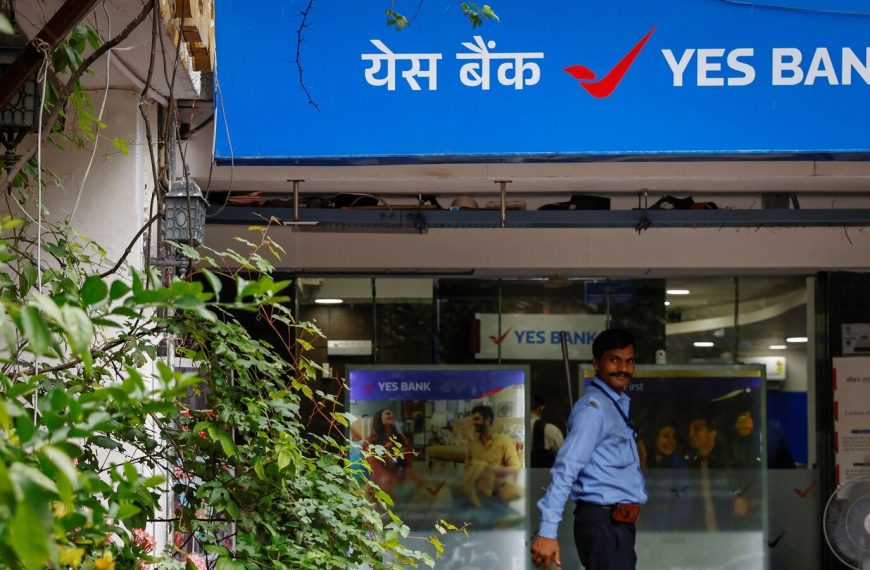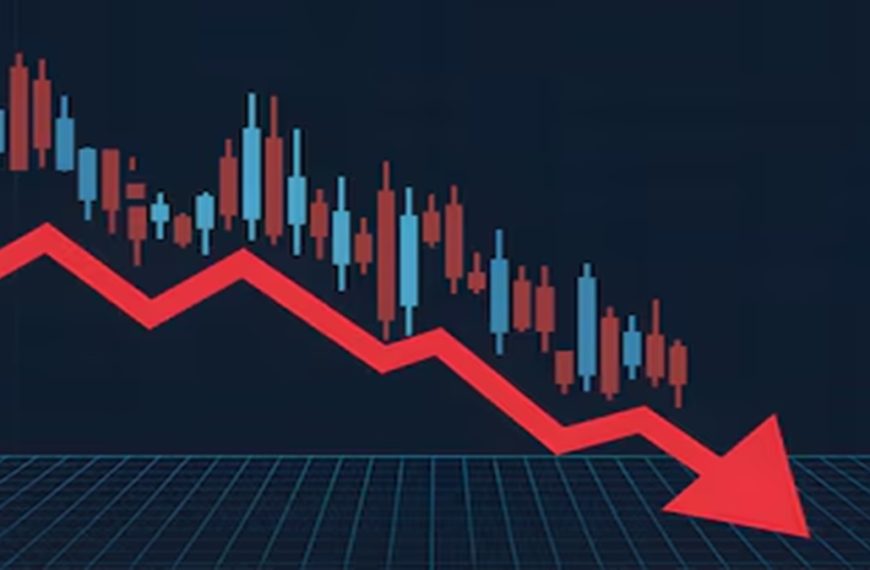In March, foreign institutional investors (FIIs) have finally emerged as net buyers after a six-month hiatus. Despite the modest Rs 33,183 crores invested during the month, this shift marks a significant moment in the market, with FIIs acquiring equities worth Rs 2014.18 crores in the closing weeks of FY25. However, financial analysts urge caution, emphasizing that this uptick may not signify a sustainable trend reversal.
Recent FII Activity and Market Performance
Shrikant Chouhan, Head of Equity Research at Kotak Securities, noted that while FPI flows are anticipated to remain unstable, India has outperformed many global markets recently. This has occurred amidst uncertainty surrounding impending U.S. tariffs, which have contributed to volatility in international markets. Over the past week, the Indian rupee appreciated by 0.6% against the dollar, fostering a positive sentiment among foreign investors.
Key Factors Influencing FII Trends
As of March 27, data shows that foreign investor activity was negative across most emerging markets, with India, Brazil, the Philippines, and South Korea being notable exceptions. Markets in regions like Indonesia, Malaysia, and Taiwan faced substantial outflows. The uncertainty surrounding the potential U.S. tariffs remains a critical concern for global investors.
The Trump Tariff Uncertainty
The ongoing ambiguity regarding U.S. tariffs poses a significant risk to market stability. President Donald Trump has hinted at new tariffs, dubbing a forthcoming announcement “Liberation Day.” He stated, “You’d start with all countries. Essentially all of the countries that we’re talking about.” The U.S. has already enacted tariffs on imports of aluminum, steel, and vehicles, along with increased duties on goods from China. Experts, including Ajay Bagga, emphasize that the implementation of these tariffs post-April 2 could substantially influence global economic dynamics and investor behavior.
Market Recovery Factors
According to Dr. VK Vijayakumar, Chief Investment Strategist at Geojit Investments, the resurgence of FII buying has contributed to a 6% recovery in the Nifty index. Several factors have driven this renewed interest from FIIs:
- Attractive valuations following a 16% correction from September 2024 peaks.
- Recent appreciation of the rupee, which has shifted momentum back to India from U.S. investments.
- Positive macroeconomic indicators in India, including GDP growth and manageable CPI inflation.
Future Outlook on FII Flows
The trajectory of FII investments is heavily dependent on the nature of U.S. tariffs expected to be announced on April 2. If the tariffs are moderate, the market may continue to benefit from this positive sentiment.
The Dollar’s Impact on the Indian Market
The rupee recently strengthened by 0.36% against the U.S. dollar, trading at 85.47. This positive movement has been bolstered by FII inflows and a decrease in bearish sentiment around the currency. The Dollar Index has stabilized around $103/bbl, reflecting a decline from its January highs of 110. As the dollar slides, it has lost over 4% in 2025.
Bagga elaborates that Trump’s administration aims for a weaker dollar to boost U.S. exports, while Treasury Secretary Scott Bessent maintains that a strong dollar is the goal. This contradiction highlights the complexities of U.S. economic policies amidst significant trade deficits.
Q3 FY25 Balance of Payments Overview
The third quarter of FY25 saw a notable shift in capital flows, with a net outflow of -$26.8 billion due to foreign portfolio and direct investment outflows. Rising U.S. Treasury yields and risk-averse sentiments triggered this outflow, resulting in a historic overall balance of payments deficit of $37.7 billion. Gaura Sen Gupta, Chief Economist at IDFC FIRST Bank, noted that the deficit could have been more severe without the Reserve Bank of India’s strategic buy-sell swaps to protect foreign exchange reserves.
Looking Ahead: RBI’s Monetary Policy
The upcoming RBI Monetary Policy Meeting on April 9 is keenly anticipated by economic experts and market watchers. Many predict that the RBI will maintain its easing stance, with expectations of further rate cuts, potentially totaling 75 basis points throughout the year. This decision will be critical in shaping future market dynamics and investor confidence.
Staying informed on these developments is essential for navigating the evolving financial landscape in the coming months.











